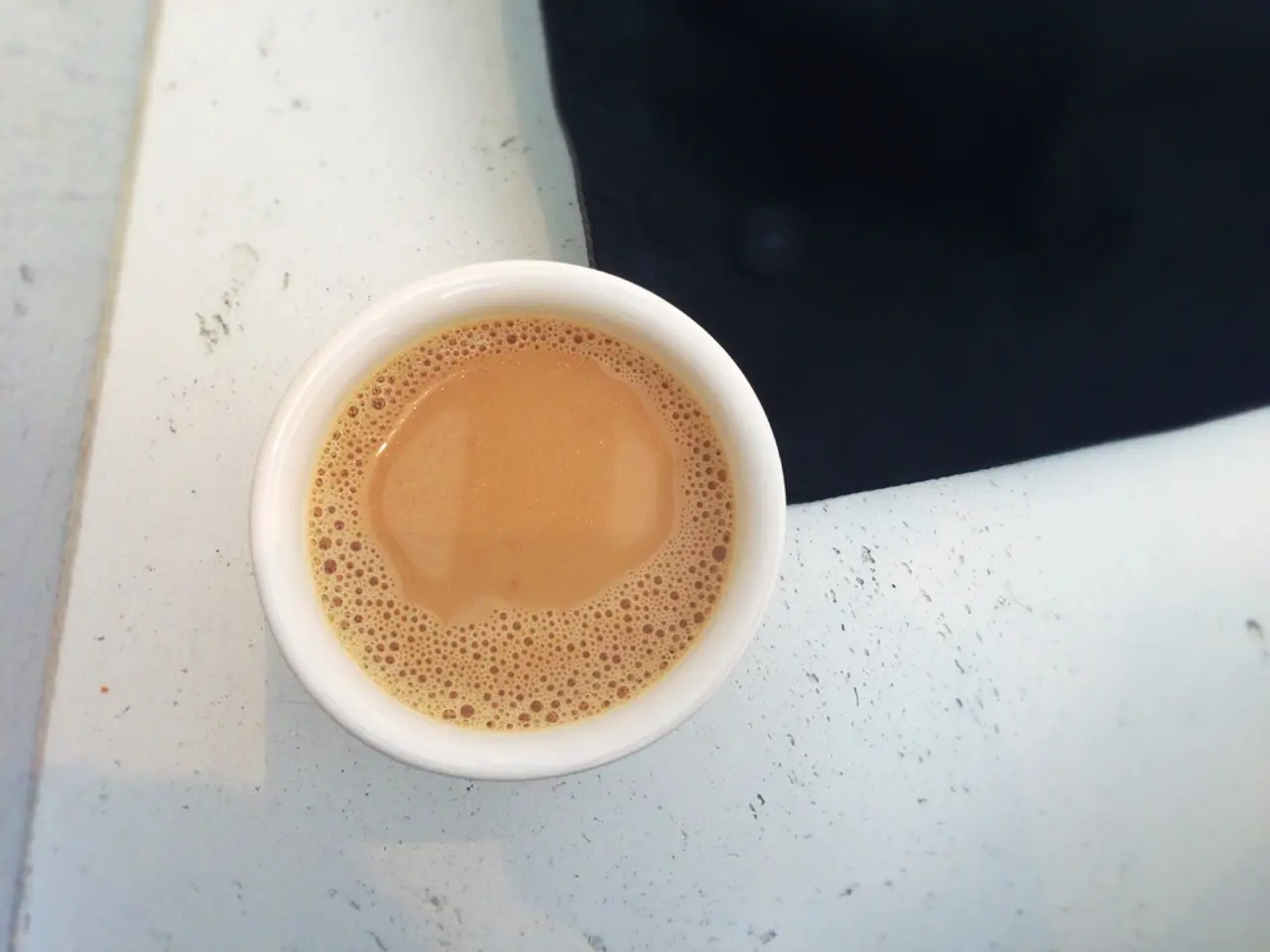Emerging tea trends from around the world set to permeate American foodservice offerings
The world of tea is brimming with innovation, and the latest global trends are making a significant impact on U.S. menus. From bubble tea expansion to the rise of wellness-focused drinks, the tea industry is evolving to cater to evolving consumer preferences.
One of the most prominent trends is the growth of bubble tea, a Taiwanese-invented drink that is now gaining popularity worldwide. According to market projections, the global bubble tea market is set to grow from $3.96 billion in 2025 to $9.72 billion by 2035. This growth is driven by the increasing demand for low-sugar and organic formulations that align with health-conscious consumer values.
In Europe, countries like Germany and France are seeing the emergence of concept cafés that emphasize natural ingredients, sustainable sourcing, and aesthetically pleasing presentations. Innovations include collaborations with local pastry chefs producing fusion flavors and functional blends such as coffee-bubble tea hybrids. Ready-to-drink (RTD) bubble tea options dominate the market, enhancing convenience.
In Asia, particularly in Thailand, the tea market is growing due to rising health awareness and the popularity of organic and herbal infusions. Generation Z consumers are driving demand for clean, sustainable ingredients. RTD teas offering health benefits and convenience are boosting consumption, broadening the market beyond traditional tea drinkers.
The diversification of tea types is another global trend. Varieties such as matcha, Darjeeling, hibiscus, and jasmine teas are gaining traction, reflecting a trend towards more diverse and premium tea experiences. This diversification is transforming modern menus by offering more choices for tea enthusiasts seeking novel flavors and health benefits.
Tea businesses are also adopting multi-source and diversified supply strategies to mitigate economic and tariff challenges, facilitating consistent product innovation and market expansion.
In the U.S., these global trends are reflected in enhanced tea offerings, with premium and health-focused tea drinks such as matcha lattes, botanical and floral infusions, and organic cold brews becoming more prevalent. The bubble tea craze continues, with U.S. cafes and chains introducing lower-sugar, organic, and fruit-infused boba drinks. RTD tea beverages are gaining shelf space in supermarkets as convenient, health-forward options.
The aesthetic presentation of tea drinks is also being influenced by international trends, with U.S. tea drinks presented with an emphasis on Instagrammable visual appeal, using pastel color palettes, glassware, and artisanal touches to attract younger consumers.
Cross-category innovation is also on the rise, with concepts blending coffee and tea or incorporating local flavors mirroring international innovations, creating unique drinks that appeal to diverse palates.
Costa Coffee, for instance, is offering a pistachio oatmilk oolong tea as part of seasonal specials in China. The Alley tea chain in France offers a beverage made with fresh avocado, green tea jelly, whipped cream, and nuts.
Tea is more popular worldwide than in the U.S., with a strong tea-drinking tradition in Asia, the Middle East, and some parts of Europe. However, the U.S. tea industry is rapidly adapting to these global trends, offering more diversified, health-oriented, visually appealing tea beverages that appeal to evolving consumer preferences for wellness, convenience, and novel experiences.
[1] Technomic's Ignite menu database shows a 4.2% presence of iced specialty teas. [2] The Breezy Cream Cheese collection features tea and coffee drinks finished with a topping of cream cheese, milk, and whipped cream. [3] Taro lends a mildly sweet, earthly flavor and an eye-catching, light purple color to the Taro Tea Latte. [4] TP Tea offers a Taro Tea Latte with barley as part of its limited-time range of taro drinks in Thailand. [5] Gong Cha introduced a Musk Melon Series for early summer in South Korea, featuring cantaloupe in two milk tea options. [6] Boba tea brand Cupp is serving protein-infused fruit and milk teas, with each beverage providing up to 20 grams of protein. [7] Honeydew is also being used in tea drinks and coffees. [8] The categories of matcha, green tea, and mango as cold tea flavors are seeing significant growth. [9] Flavored cheese toppers are being introduced on tea drinks in some Asian coffee cafes. [10] Tea concepts are capitalizing on the pumpkin spice craze, with Ben's Bubble Tea introducing a drink that combines brown sugar boba, pumpkin spice milk tea, cream mousse, and a dash of cinnamon. [11] The category of tea drinks is expected to grow to include various distinct preparations, such as cold blended teas, bubble teas, tea sparklers, and more.
- Social-media influences are playing a role in the tea industry, with drinks being presented in aesthetically pleasing ways to attract younger consumers on Instagram and other platforms.
- In the food-and-drink sector, cross-category innovation is on the rise, with tea businesses blending traditionally distinct categories to create unique and diverse flavors, such as coffee-bubble tea hybrids and tea drinks finished with cream cheese toppings.
- Beverages are at the forefront of technology and innovation in the tea industry, with advances in supply strategies, diverse product offerings, and novel flavors catering to evolving consumer preferences for health-conscious, convenient, and unique tea experiences.



